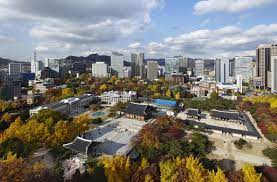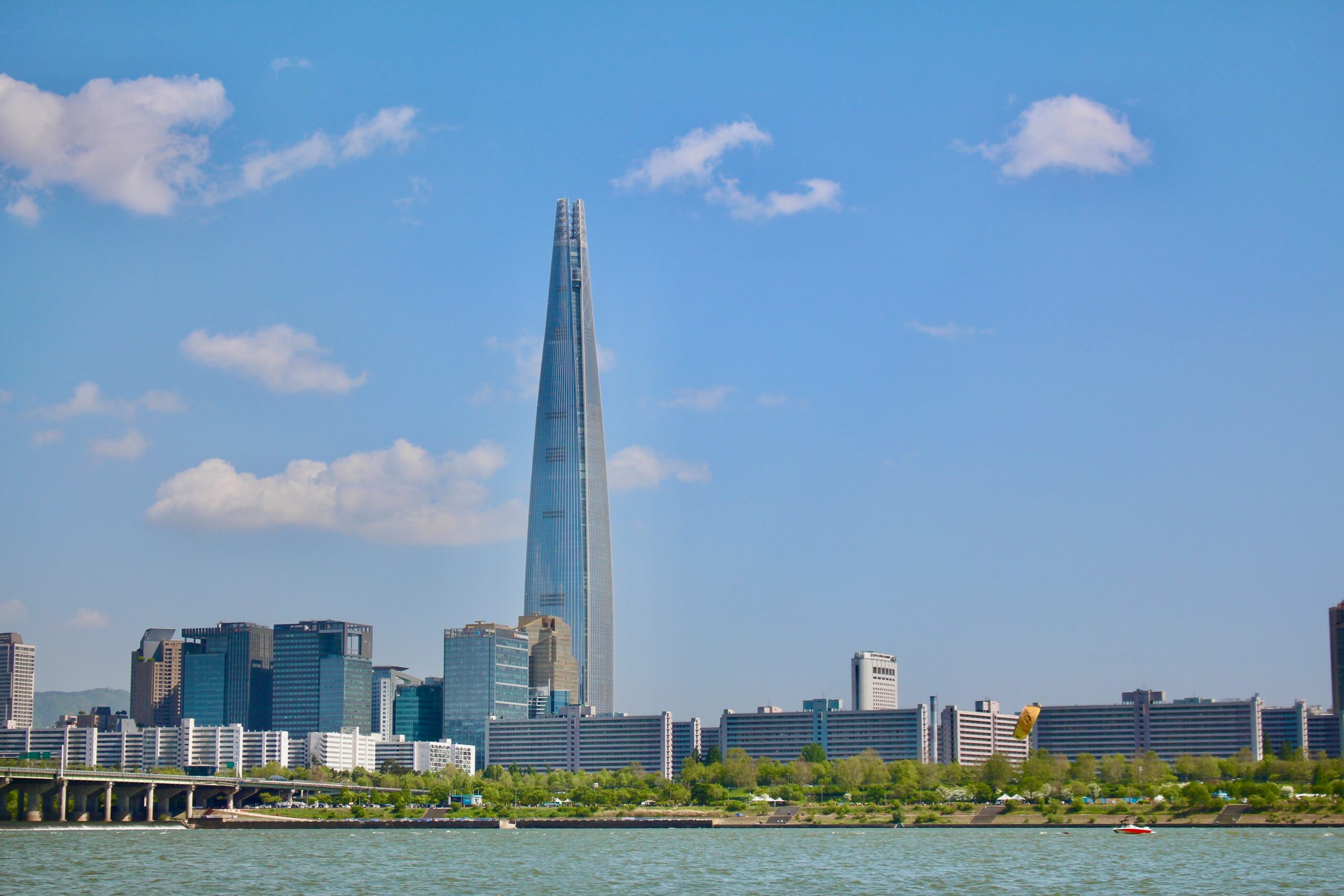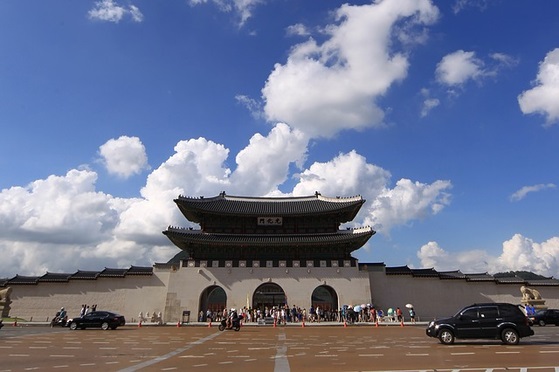History of Deoksugung Palace (덕수궁)
Deoksugung Palace was not built as one of the palaces. This is a little-known fact, it originally belonged to prince Wonsan, who is the older brother of King Seongjong. During the Japanese Invasion of Korea in 1592, King Seonjo, the 14th king of the Joseon dynasty, sought refuge in it, utilizing it as a temporary palace since all other palaces were burnt down. It became a proper palace when King Gwanghaegun ascended the throne and gave the palace the name Gyeongungung (경운궁) in 1611.
King Gojong, amidst the Joseon dynasty, reclaimed the palace after Queen Myeongseong’s tragic assassination by the Japanese at Gyeongbokgung. Fearing for his safety, he sought refuge at the Russian legation. Opting for the Gyeongungung palace for political reform, it was strategically surrounded by other foreign legations, considered beyond Japanese reach.
When king Gojong came back from Russian legation, he declared the Korean empire (대한제국) to show independence to foreign countries in 1897. Following that, Gyeongungung palace underwent expansion with new structures. In 1907, a few years before the Japanese occupation of Korea, King Gojong was compelled to abdicate to his son, King Sunjong. Subsequently, under Japanese pressure, King Sunjong relocated to Changdeokgung palace, renaming it Deoksugung in tribute to his father King Gojong’s longevity.
a public park. Now, only one-third of its original size persists. The Korean government spearheads the ‘Deoksugung Restoration Project,’ set for completion in 2038.
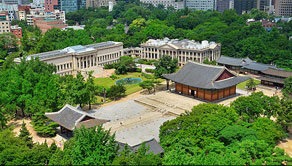
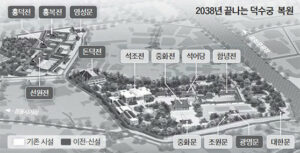
Daehanmun Gate (대한문): The Main Gate of Deosugung Palace
The main gate of Deoksugung (or Gyeongungung) palace was Inhwamun gate (인화문), which is the south gate. With the Hwangudan Altar worshiping for haven and new roads located in the east side of Deoksugung palace, the east gate called Daeanmun (대안문) at that time became the main gate. Devastated by fire in 1904, the structure was reborn in 1906 as Daehanmun. A city planning shift in 1970 relocated the palace westward, adjusting its walls. In the exciting Deoksugung restoration project, Daehanmun’s main gate stone is completed in 2023.
Encounter Geumcheongyo Bridge (금천교) and the captivating Hamabi Stone Statue (하마비) immediately upon passing through Daehanmun Gate
You will meet a bridge whenever visiting a palace. It’s not just a bridge to cross over the stream, but the symbol to clarify one’s mind before entering the king’s area. With the Deosugung palace shifted, the main gate now stands near the Geumcheobgyo bridge.
The Hamabi stone statue, originally mispositioned, once served as a marker signaling people to dismount their horses. So this stone statue should be outside of the palace. However, it’s now just next to the Geumcheongyo bridge due to the relocation of the Daehanmun main gate.
Junghwajeon (중화전): Main Hall of Deoksugung Palace
Originally a two-story structure, Junghwajeon succumbed to fire in 1904. Its 1906 reconstruction as a one-story building altered its original form. In Deoksugung palace, an unconventional layout features three non-aligned gates leading to the main hall. Following Emperor Gojong’s return from the Russian legation, Junghwajeon became the main hall, hosting morning meetings. Conducted state affairs, held official meetings (4 times per month), received foreign envoys, performed the ceremony of accessions to the throne (coronation), and held the royal wedding ceremony.
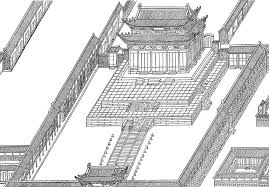
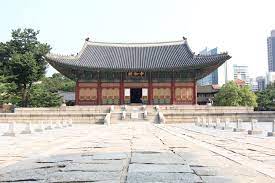
Outside
-Rank stones (품계석)
The officials were standing following their ranking. When attending ceremonies and morning court sessions (state affairs), officials stood in front of the rank stones
-Three roads (삼도)
The middle of the road is slightly elevated than the other two. The king used the middle road while officials used the side roads
-Thin stones (박석)
As the stones gleamed, sunlight made the king and officials squint. Beyond eye protection, it curbed slipperiness on rainy days, adding a practical touch.
Inside
Dragon and yellow window frames that stand for the emperor. The stone panel in the middle of the stairs is decorated with clouds, grass, and flowers. On its center, there are two dragons, unlike other palaces. Phoenix represents ‘king’ / Dragon stands for ‘emperor’. Same as other palaces, there is also irworobongdo (일월오봉도) inside. Dragons with 5 claws. The throne (the king’s seat) is colored in gold.
